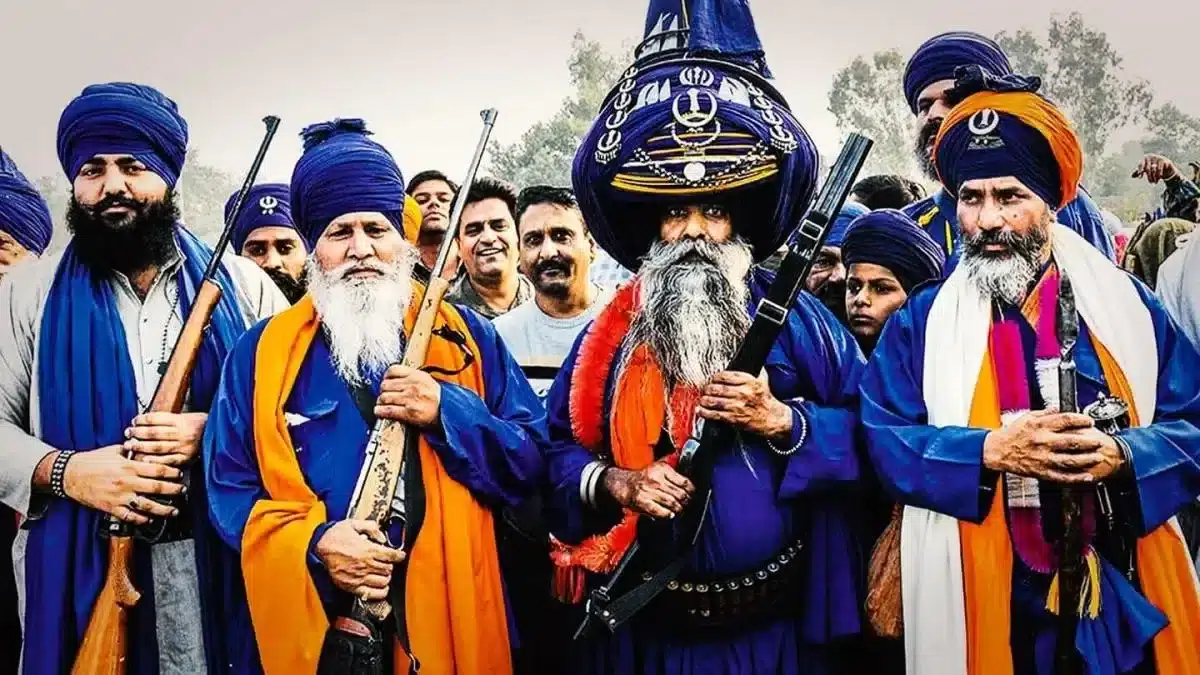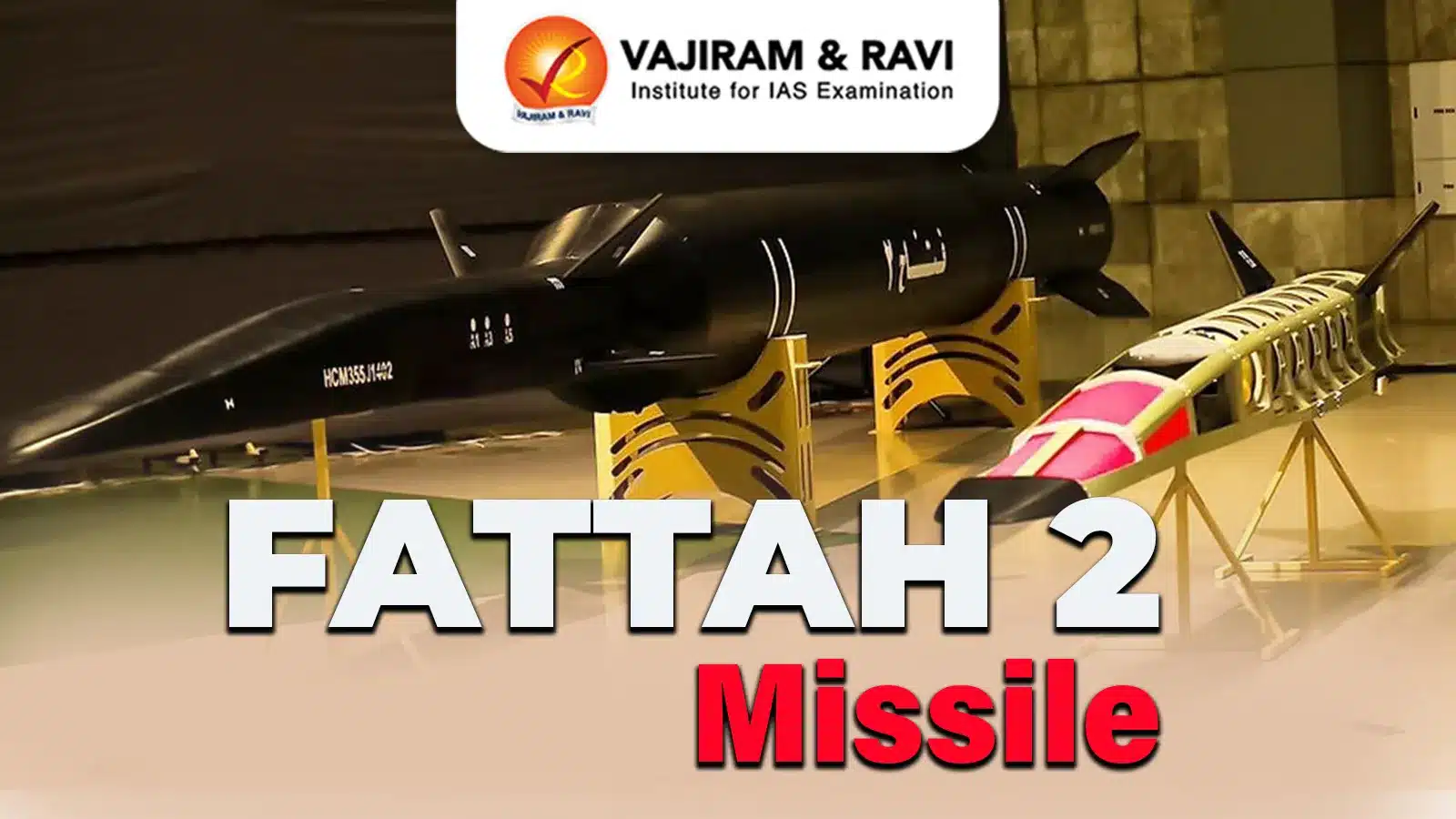About Nihang Sikhs
- Nihangs, or Nihang Singhs, originally known as Akalis or Akali Nihangs, are a distinct warrior order within the Sikh community, known for their martial traditions, unique attire, and adherence to a specific code of conduct.
- They have a rich history dating back to the times of Guru Gobind Singh, the 10th Sikh Guru.
- They are easily recognizable by their distinctive blue attire, which includes blue robes, high turbans adorned with steel quoits (chakrams), and they often carry traditional weapons like swords, spears, and daggers.
- They are highly skilled in Gatka martial arts and have historically served as a dedicated and elite force to protect Sikh shrines and communities.
- Nihangs had a major role in defending the Sikh Panth after the fall of the first Sikh rule (1710-15), when Mughal governors were killing Sikhs, and during the onslaught of Afghan invader Ahmed Shah Durrani (1748-65).
- Current Status:
- Nihangs are today divided into several groups, each with its own “chhaoni” (cantonment), but are loosely organised into two “dals” (forces)—Buddha Dal and Taruna Dal, names initially given to the two sections into which the ‘Khalsa’ army was divided in 1733.
- The Buddha Dal has its headquarters at Talvandi Sabo, in Bathinda district, while the principal cantonment of the Taruna Dal Nihangs is at Baba Bakala in Amritsar district.
- Anandpur Sahib, the birthplace of the Khalsa, remains the main centre of Nihang gatherings.
- They assemble there in the thousands in March every year to celebrate Hola Mahalla, a Sikh festival introduced by Guru Gobind Singh.
- On that occasion, they hold tournaments of military skills, including mock battles.
Q1) Who was Guru Gobind Singh?
He was the 10th and last human Guru of the Sikhs. Born as Gobind Rai on December 22, 1666, in Patna, Bihar, Guru Gobind Singh was the son of the ninth Guru of Sikhism, Guru Teg Bahadur. He became the spiritual and temporal leader of the Sikhs on November 11, 1675, at the age of nine, following the martyrdom of his father, Guru Tegh Bahadur, at the hands of the Mughal emperor Aurangzeb in 1675. He was renowned as a warrior, a poet, and a prophet. He is fondly remembered by Sikhs as a defender of the faith and a champion of equality and justice.Among his notable contributions to Sikhism are founding the Sikh warrior community called Khalsa in 1699.
Source: Nihang Sikh Warriors Join Farmers Protest, Spotted Practicing With Spears and Shields
Last updated on June, 2025
→ UPSC Notification 2025 was released on 22nd January 2025.
→ UPSC Prelims Result 2025 is out now for the CSE held on 25 May 2025.
→ UPSC Prelims Question Paper 2025 and Unofficial Prelims Answer Key 2025 are available now.
→ UPSC Calendar 2026 is released on 15th May, 2025.
→ The UPSC Vacancy 2025 were released 1129, out of which 979 were for UPSC CSE and remaining 150 are for UPSC IFoS.
→ UPSC Mains 2025 will be conducted on 22nd August 2025.
→ UPSC Prelims 2026 will be conducted on 24th May, 2026 & UPSC Mains 2026 will be conducted on 21st August 2026.
→ The UPSC Selection Process is of 3 stages-Prelims, Mains and Interview.
→ UPSC Result 2024 is released with latest UPSC Marksheet 2024. Check Now!
→ UPSC Toppers List 2024 is released now. Shakti Dubey is UPSC AIR 1 2024 Topper.
→ Also check Best IAS Coaching in Delhi
























